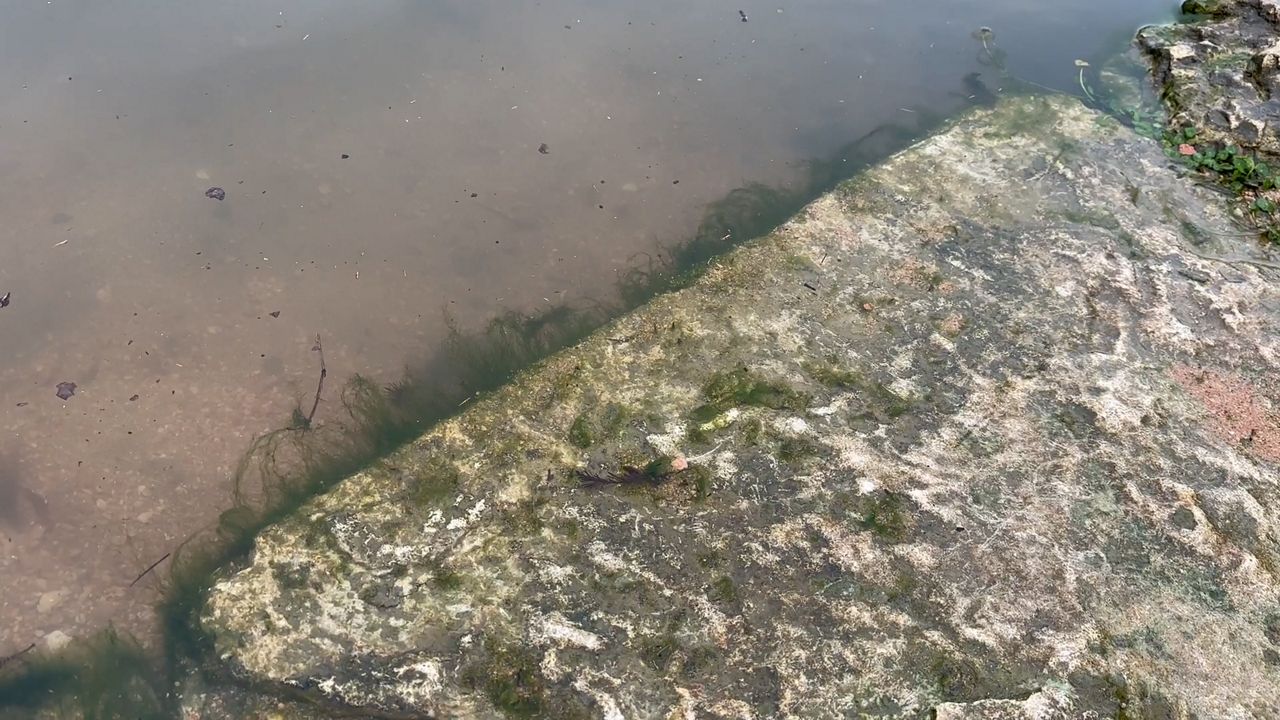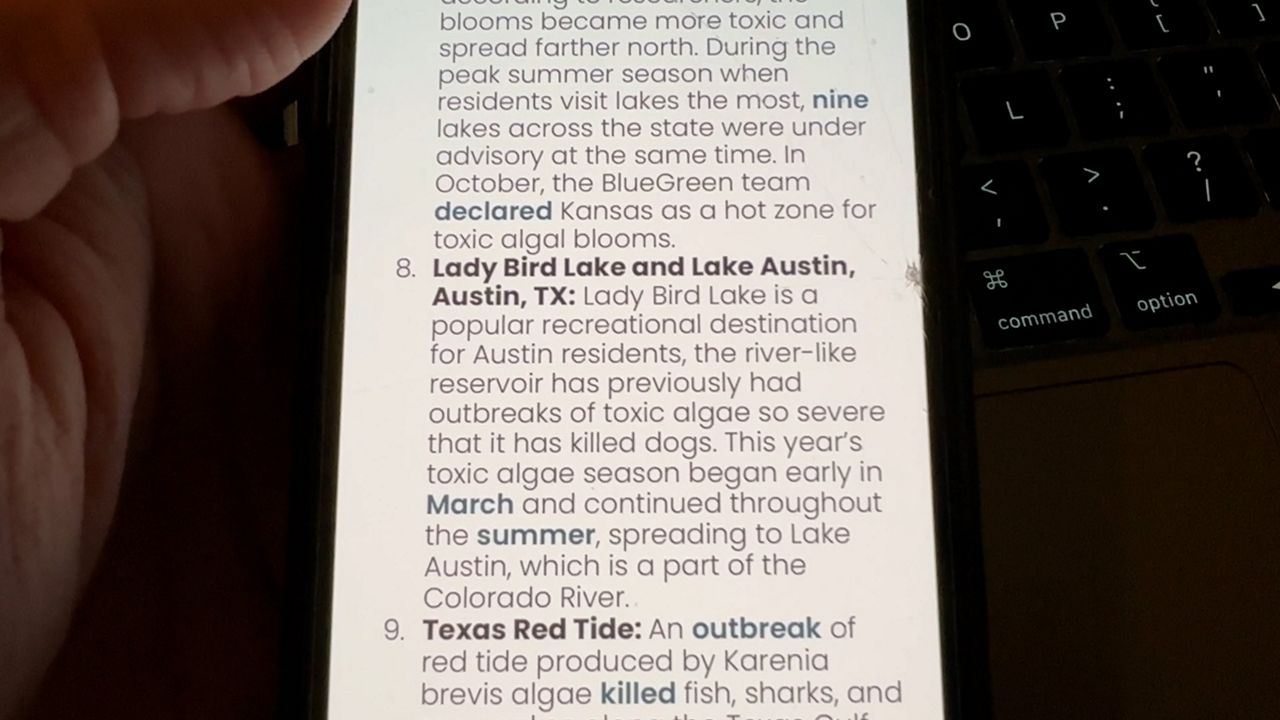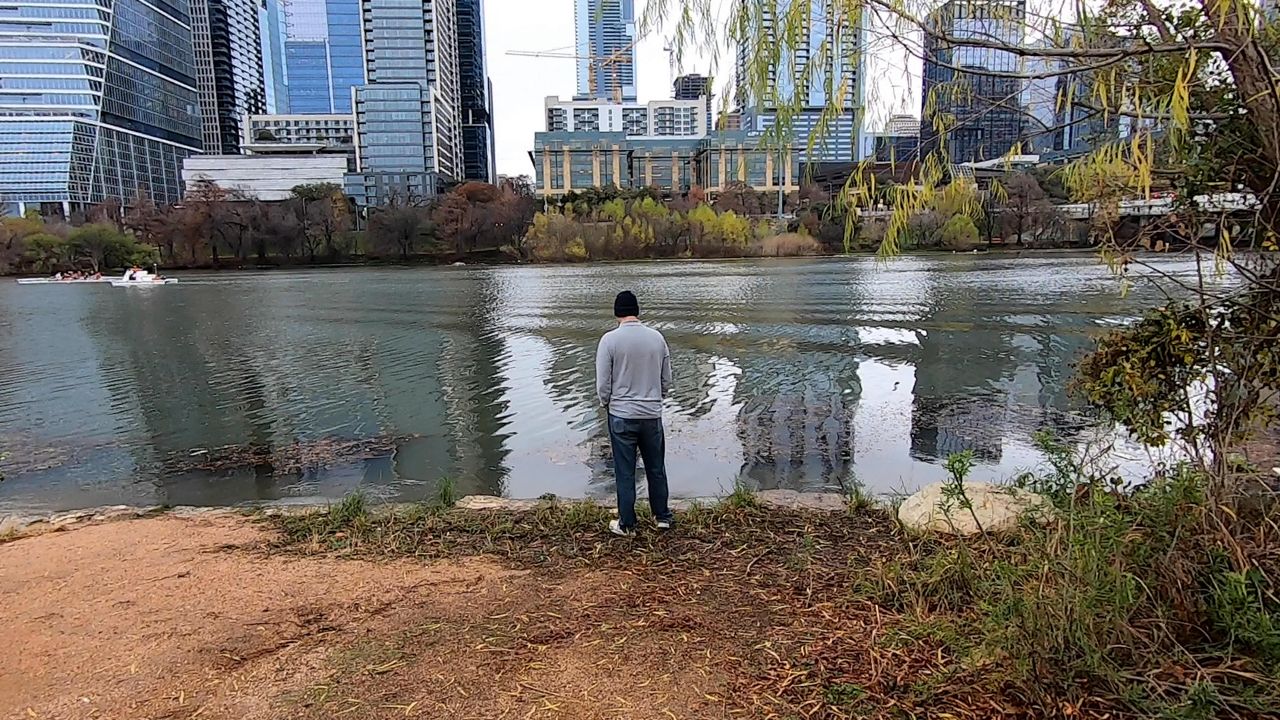AUSTIN, Texas — Dr. Brent Bellinger of Austin’s Watershed Protection Department says 2023 was more challenging than most years prior when it comes to combating water quality issues. Notably, blue-green toxic algae affecting Central Texas waterways.
“This was an odd year, very hot, very dry, setting record temperatures, so a lot of things in play that can affect the persistence and toxicity of these,” Bellinger said. “There were synergistic effects, including an increase in human population, nutrient use and runoff, but also change in climate.”
2023's toxic bloom was so significant on Lady Bird Lake and Lake Austin, it made Houston-based BlueGreen Water Technologies’ “Top 10 Worst Algal Blooms of 2023” list, factoring in the length, damage and consistency of the bacteria.

“We use satellites, have probe in the water in some areas, drones and sample testing on site,” Spin said.
Jan Spin, BlueGreen Water Technologies' President of the Americas, whose company has spent the past decade dedicating its efforts to protecting bodies of water from these dangerous outbreaks, says the key is to get ahead of the concern.
“Typically, the bloom lessens during the winter months,” Spin said. “Now is the time to take corrective action, devise a plan, work with local officials and have something everyone can work with to hopefully restore the water body and prevent a serious bloom again.”
Spin has been in touch with Bellinger, who has compiled four years of data as conservation program supervisor, hoping to solve a growing concern in Central Texas. One that in the past has led to the death or severe illness for dogs in the area and put residents at risk.

“We believe nutrients are a key factor driving this,” Bellinger said. “We’re trying to see if we can mitigate the availability of phosphorus that’s in the sentiment that is helping to key these bacteria blooms.”
With each year creating new challenges, Bellinger believes his team continues to make progress in combating the ecological danger. The scientists’ hope is to move beyond any dangerous list in 2024 and believes Austinites can help play their part as well.
“It’s keeping this in the forefront of people’s minds so that they are being aware and cautious when they visit any water body,” Bellinger said. “Hopefully acting as better stewards to the environment.”




